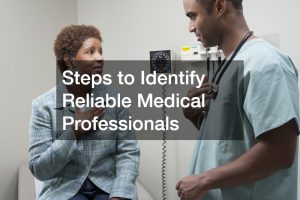Clear vision and driving go hand in hand. For some drivers, clear vision may be hard to come by during long drives — a good portion of the trip requires some night-time driving.
The latter can be significantly more challenging than driving during the daytime.
Unless you have a companion who also has a license, you have little choice but to stick it out until you need to rest.
Before you head out on that long trip, make sure to review the tips below.
Update your eye prescription
If you wear prescription glasses, it’s a good idea to check if your eyeglass grade is up-to-date.
Pay a visit to an optician and ask if your glasses are optimized for driving. Be wary of special night-time or tinted glasses that are touted to make night driving easier. Tinted lenses are not yet scientifically proven to make the overall driving experience better.
What’s helpful, however, are lens enhancements that can manage light sensitivity. Additionally, some glasses also help mitigate the effects of eye strain.
Check with other eye experts
As you get older, it’s normal for your vision to adjust. Age-related eye changes are rarely anything to be afraid of. However, there are some serious eye conditions which will not only affect how you see the road, they can also severely impact your health.
For instance, the blind spots popping up in your peripheral or central vision could be a sign of glaucoma — a disease that affects the eye’s optic nerves. Cataracts can also develop. If you often experience blurry vision or glare when your eyes are exposed to bright lights, you may have cataracts.
If ophthalmologists confirm a positive diagnosis, they may recommend laser eye surgery for cataracts, glaucoma, or other conditions. These procedures are safe and don’t have unnecessary complications.
Make the proper preparations

Aside from eye health and proper glasses, the car you’ll be driving is also a major factor.
Clean your front and rear windshields, as well as your side mirrors. Dirt, smudges, and grease can intensify the glaring effects of light. Make sure to wipe down the internal side of the windshield too. Foggy windshields often develop as a result of indoor air.
Next, you should also ensure that your windshield wipers are in good condition. Having clean windshields is futile if your wipers can’t effectively clear dirt or rainwater.
Lastly, double-check your headlights and taillights to see if they are functioning properly. If they’re not, you may need to have your car batteries replaced. These will be essential in helping you see the road clearly, especially at night.
Final thoughts
A long drive can be a fun and exciting experience. If at any point during the trip you find yourself dozing off or experiencing eye strain, there’s no shame in pulling over to rest.
Consider whether you need a quick pit stop or an overnight break. This will give your body enough time to relax and will give you energy for when you get back on the road. It’s always best to prioritize safety.



